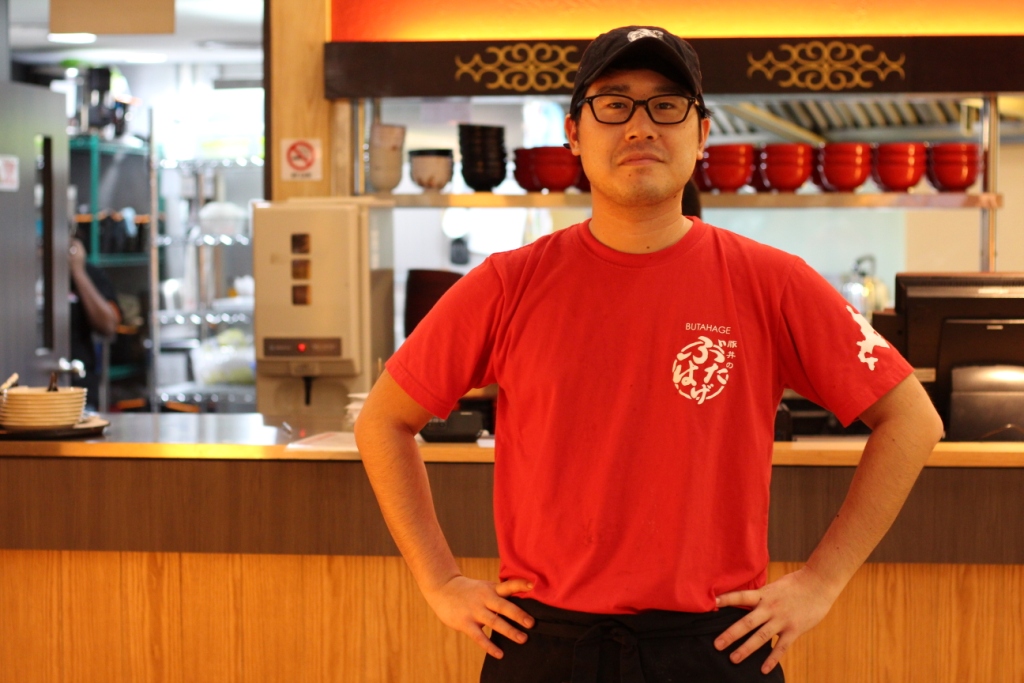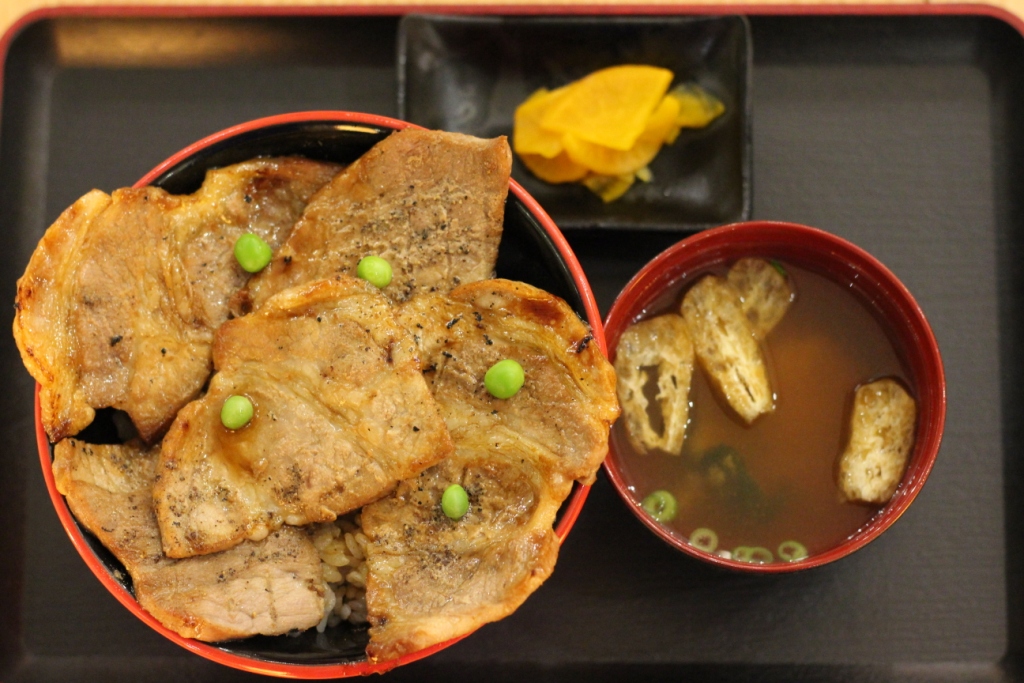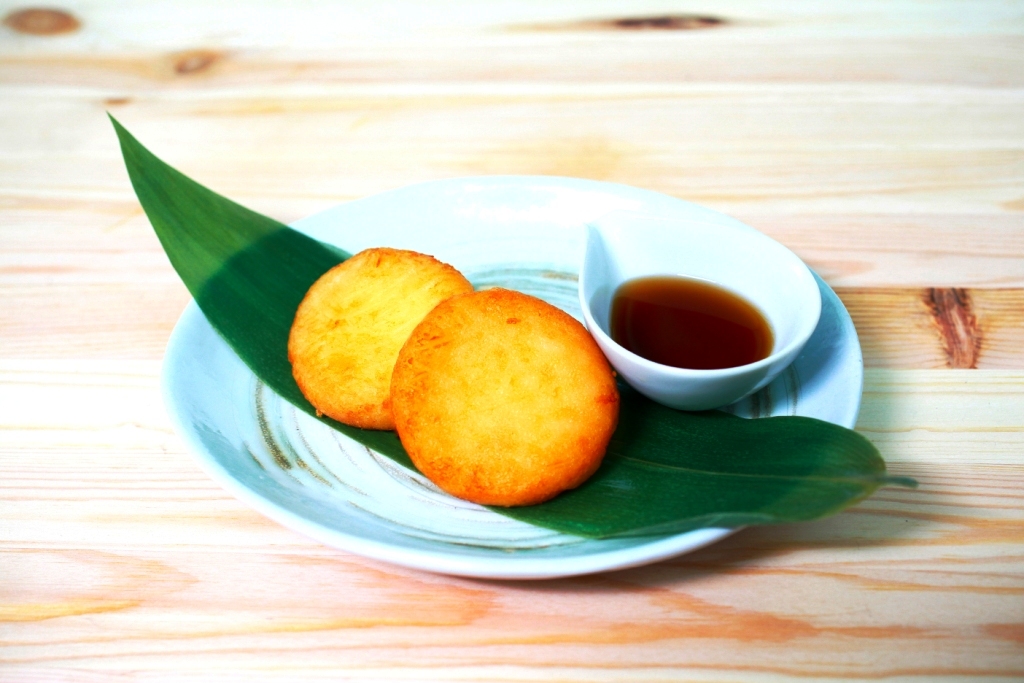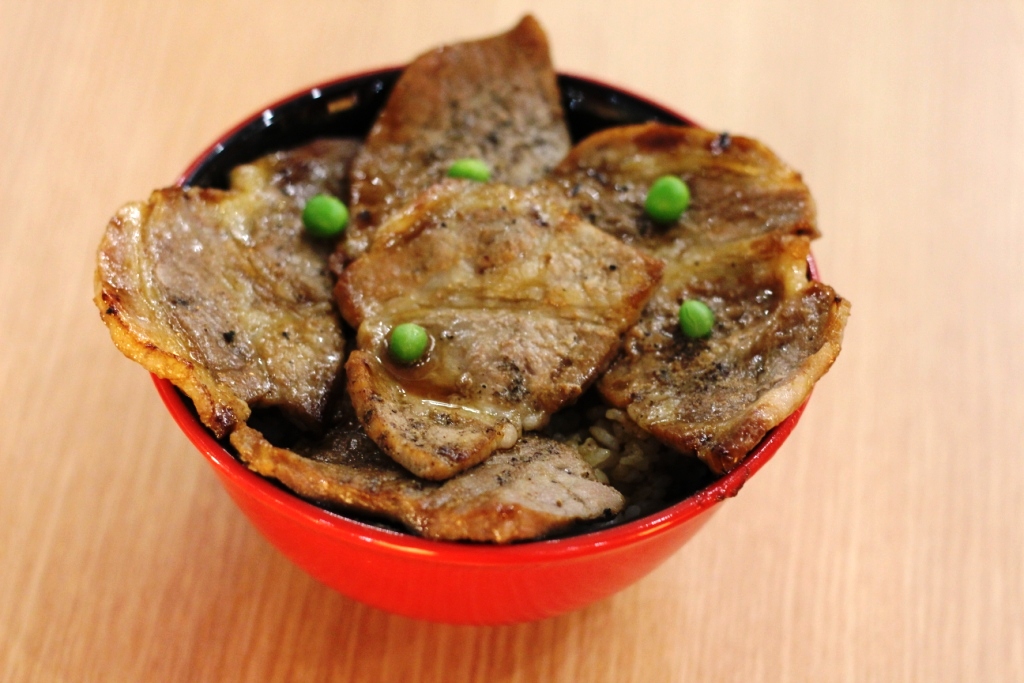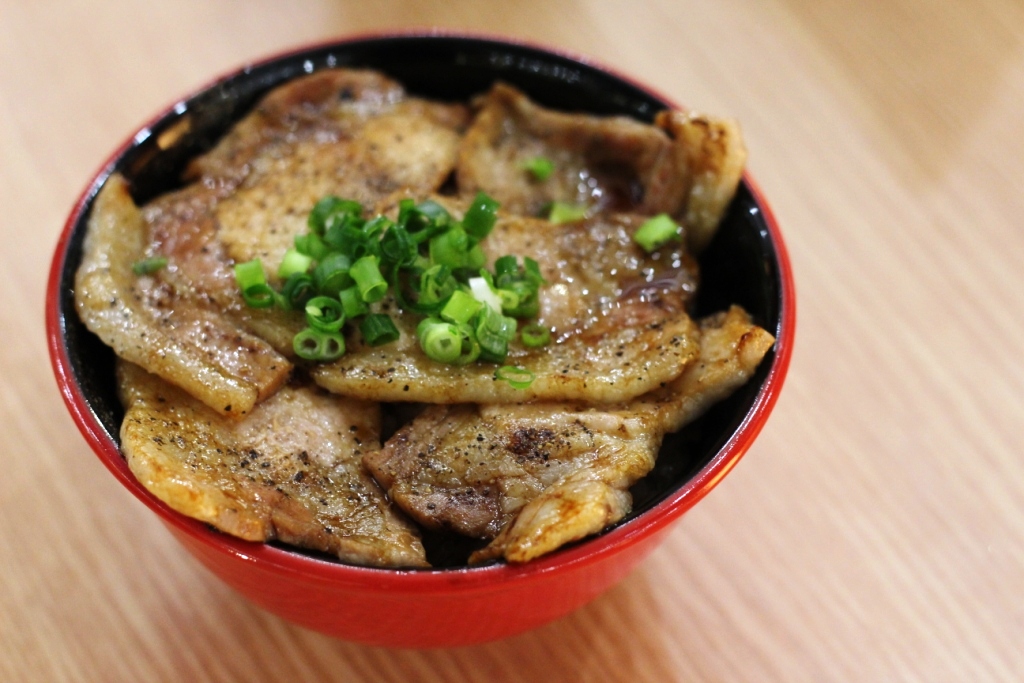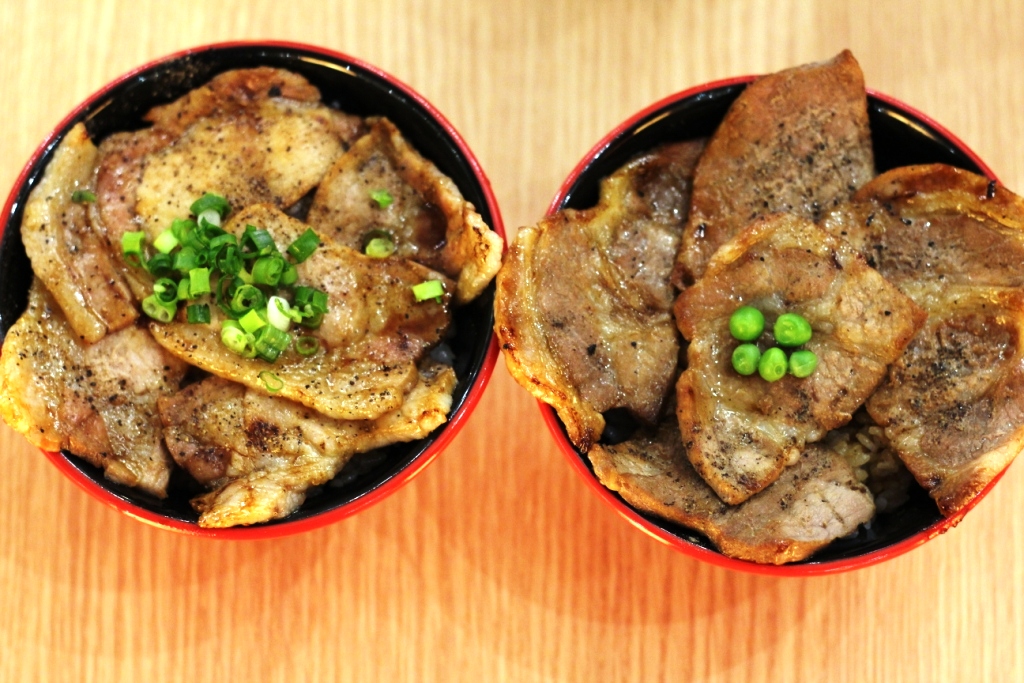Ready for a meat fest? Butahage, a grilled pork rice bowl from Hokkaido has arrived in Singapore at Liang Court, a mall which is known to host restaurants and grocers catering to the needs of the Japanese community on the island.
Food purists will be glad to know that Mr Kohei Yano, the fourth-generation scion of the original shop’s owner in Hokkaido, currently intends to be in Singapore for a couple of years to oversee the Butahage business. Mr Yano’s great-grandfather first operated a restaurant called Hageten selling a variety of Japanese staples in Tokachi Obihiro, eastern Hokkaido back in 1934, which can still be found today near Obihiro station. It was Mr Yano’s father who decided to focus on the single dish of butadon, or ‘pork bowl’.
Butadon is a signature dish that originates from Tokachi, where pig farming started in the early 1900s. Mr Yano has continued his family tradition and expanded his family’s business for the first time overseas with Butahage, which is a joint venture with a Singapore company.
The menu at Butahage is focused on butadon, but slight adaptations have been made to suit the Singapore palate. The butadon comes in three sizes and is served with miso soup and pickles. The standard comes with 160g of pork ($13.80), and you can upsize it to large (240g of pork, $17.80).
Kids have their own serving size too (80g of pork, $9.50), which you can also order as a set with udon, salad and hojicha ($16.80). You can choose to add on a half-boiled egg for $1.50, and sides include edamame ($3.00), karaage ($4.50), a tofu salad ($4.50) Hokkaido crab cream croquette ($6.50) and Hokkaido Imomochi cheese ($6.50). I was told the latter is offered as Singaporeans like them, but is not on the outlet’s menu in Japan, where restaurants sometimes just focus on one dish but do it very well.
The butadon was very good. The key to the taste of a good butadon is in the tare sauce, which comes from a recipe passed down through the family for eight decades; I didn’t even try to ask what was in it. In Tokachi, where many shops offer butadon, it is the individual recipes of the sauce that give each one its distinctive taste and fan following. The rice used is Yumepirika, a premium sweet and sticky variety from Hokkaido.
We tried a second bowl of “Premier butadon” ($22.80 for 160g, which comes with a mini salad in addition to miso soup and pickles). This bowl uses pork from Kagoshima and I found it more juicy and fatty. While I much preferred this version, I can understand why the regular butadon has its own following among locals as well, as it is leaner with more bite. I guess it really depends on whether one’s palate prefers more fat in meat. I found the price difference to be quite large and personally would be happy with the US version for a regular lunch.
Interestingly, I found out for the first time that according to Singapore regulations, all pork imported from Japan comes from Kagoshima, when I queried why pork was not flown in from Hokkaido. A spot of trivia – beef imported from Japan also comes only from a few factories, and chickens are currently not imported from Japan.
Mr Yano and his father had experimented with different types of pork but found that in Singapore, it was the US variety whose taste they found most suitable for butadon as compared to regional sources of the meat. I resolved to find out more about the different meat sources allowed for import into Singapore.
Butahage’s butadon is great comfort food. While we were taking pictures and asking about the food, Mr Yano was anxiously asking us to eat it before the food got cold. I am heartened that he has plans to stay in Singapore for a while to run the restaurant, and hope that the quality and attention paid to the grilling and satisfying the customer continues to be maintained while this chef continues his great-grandfather’s legacy.


